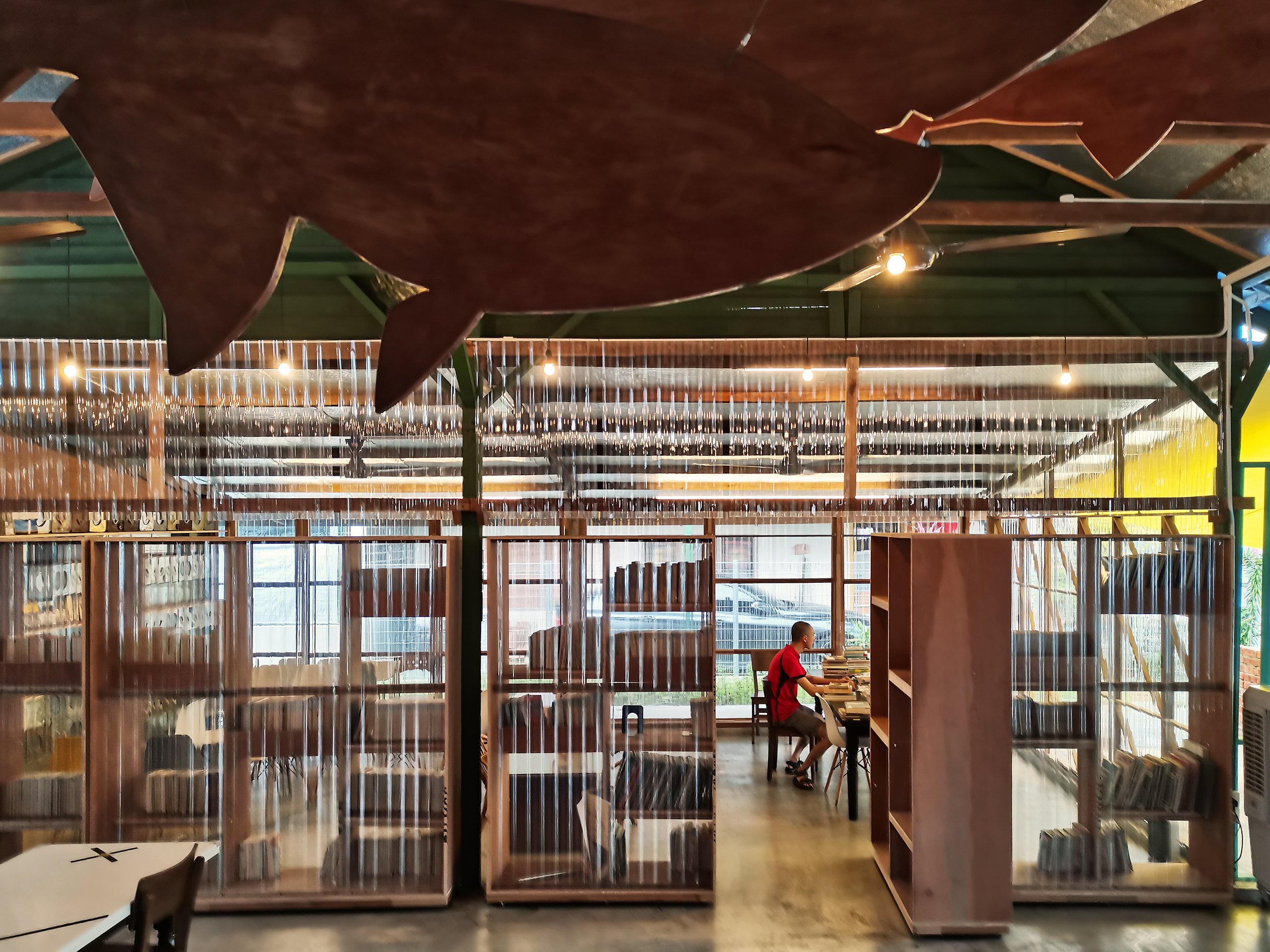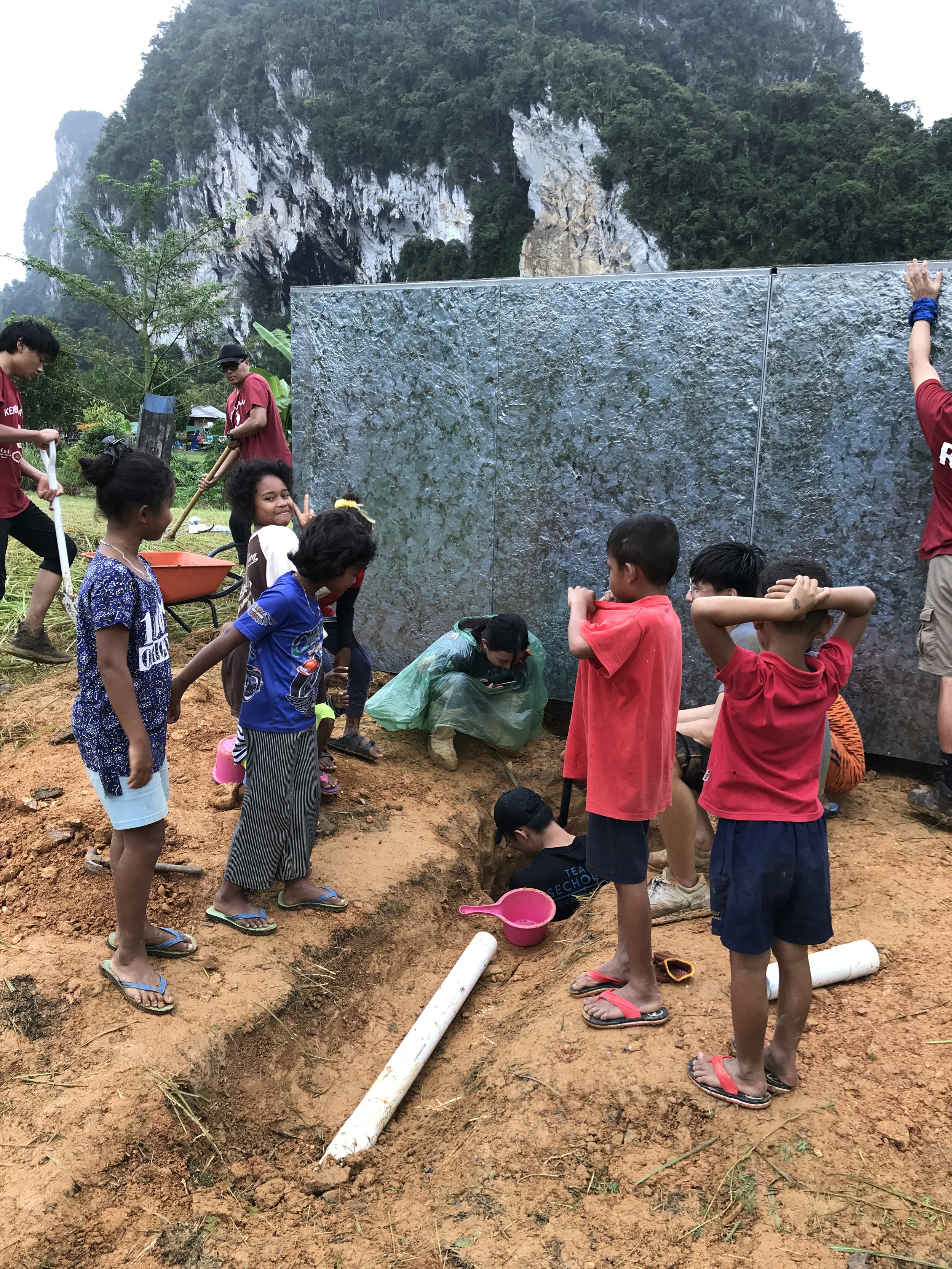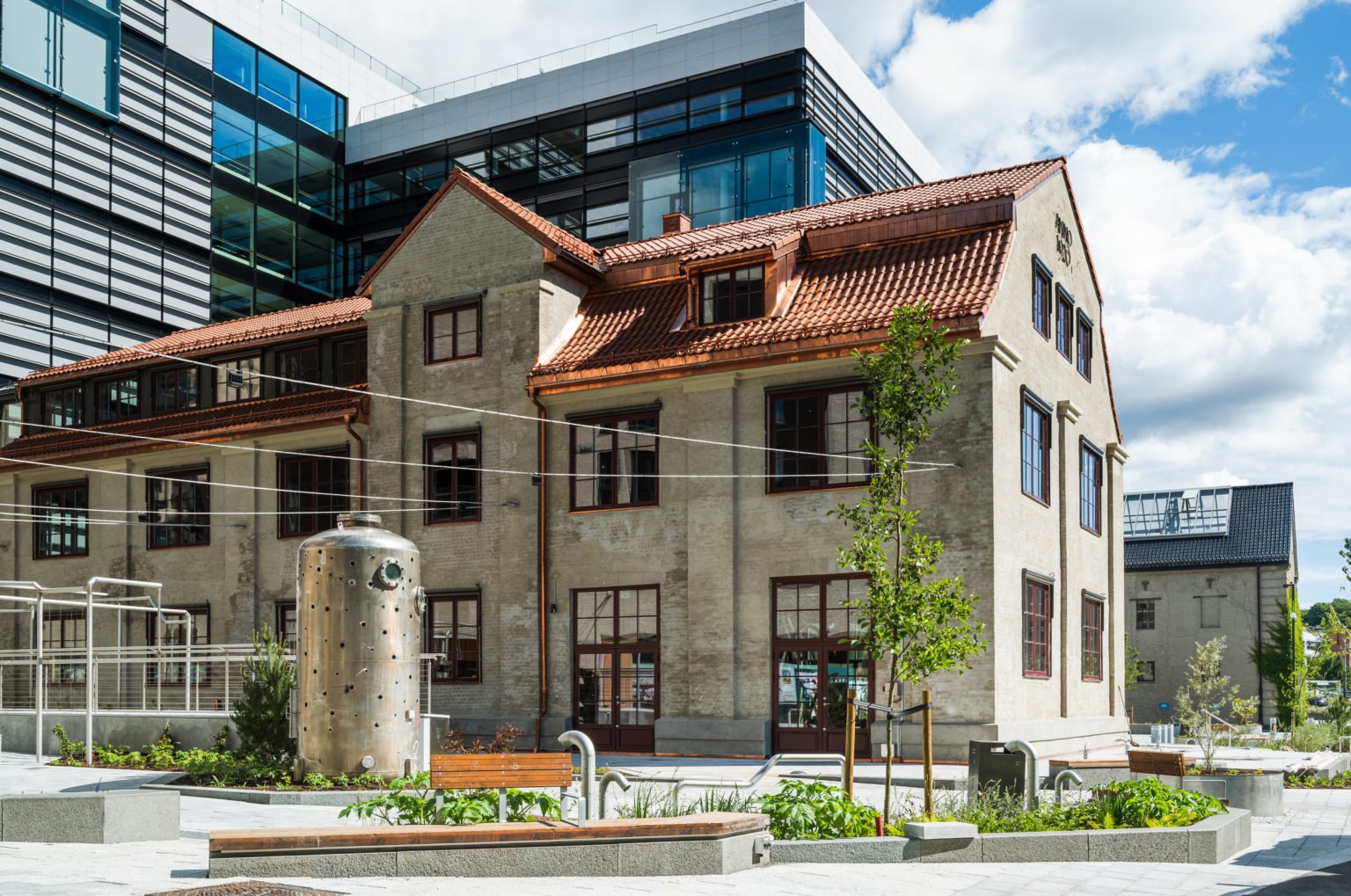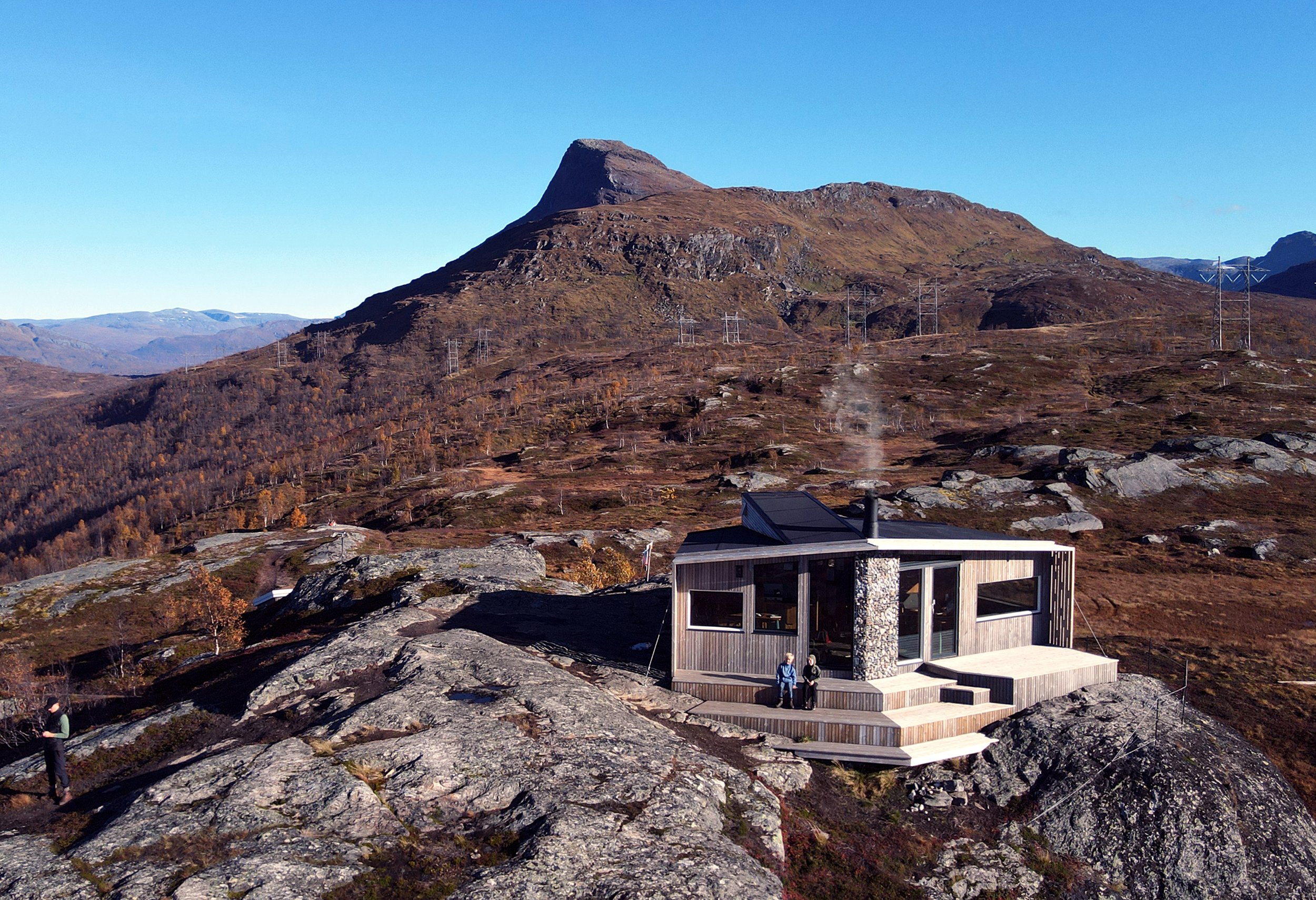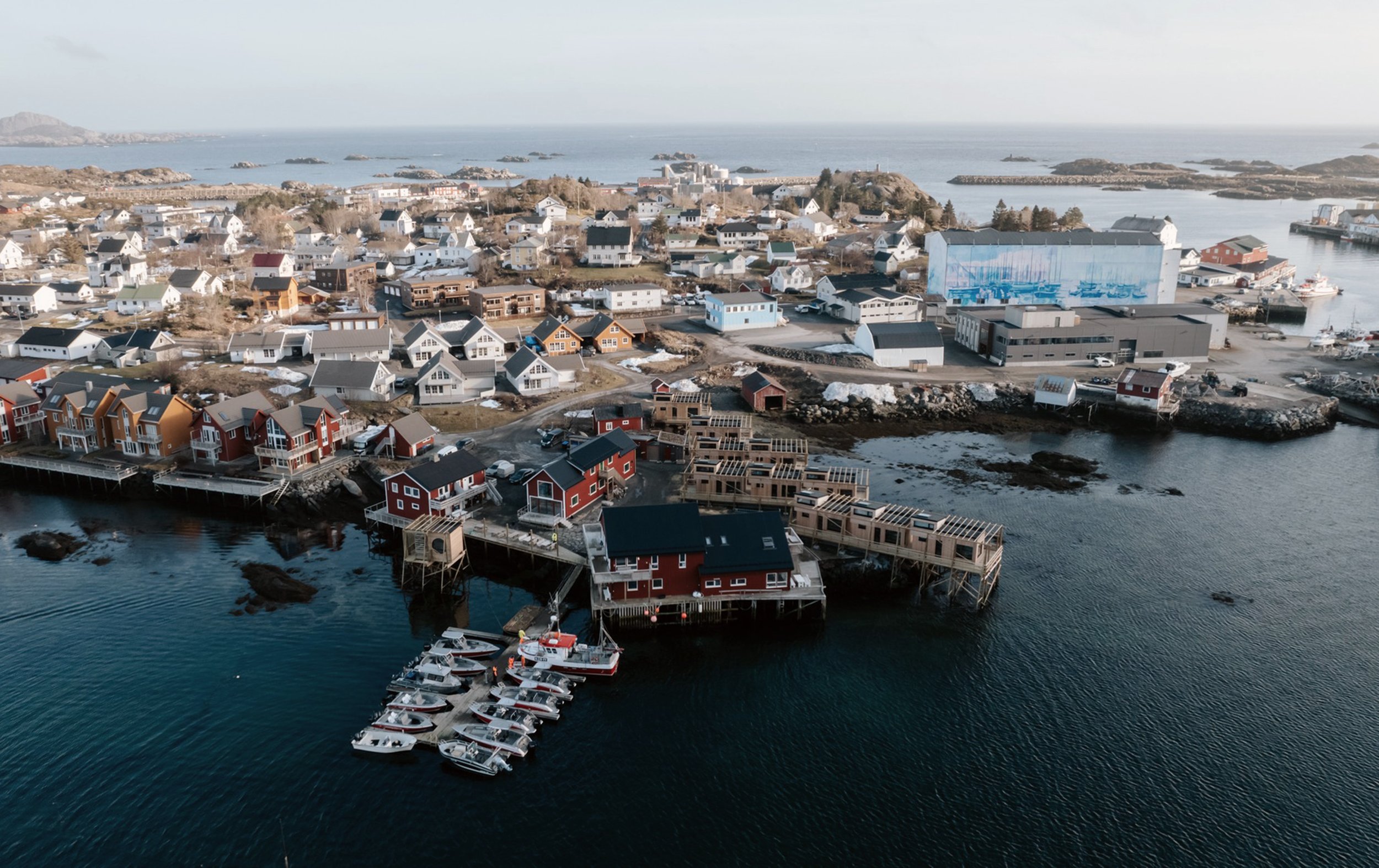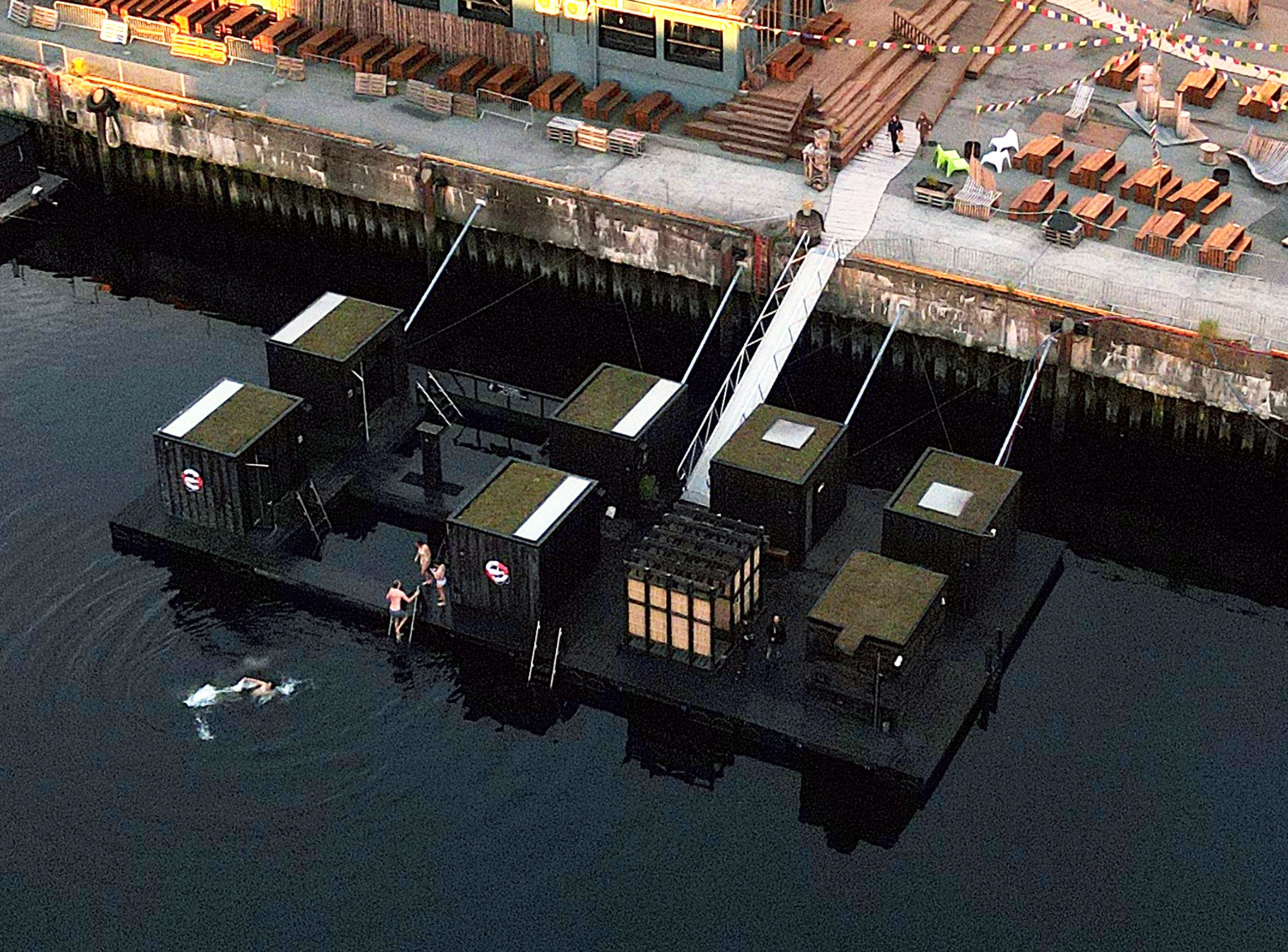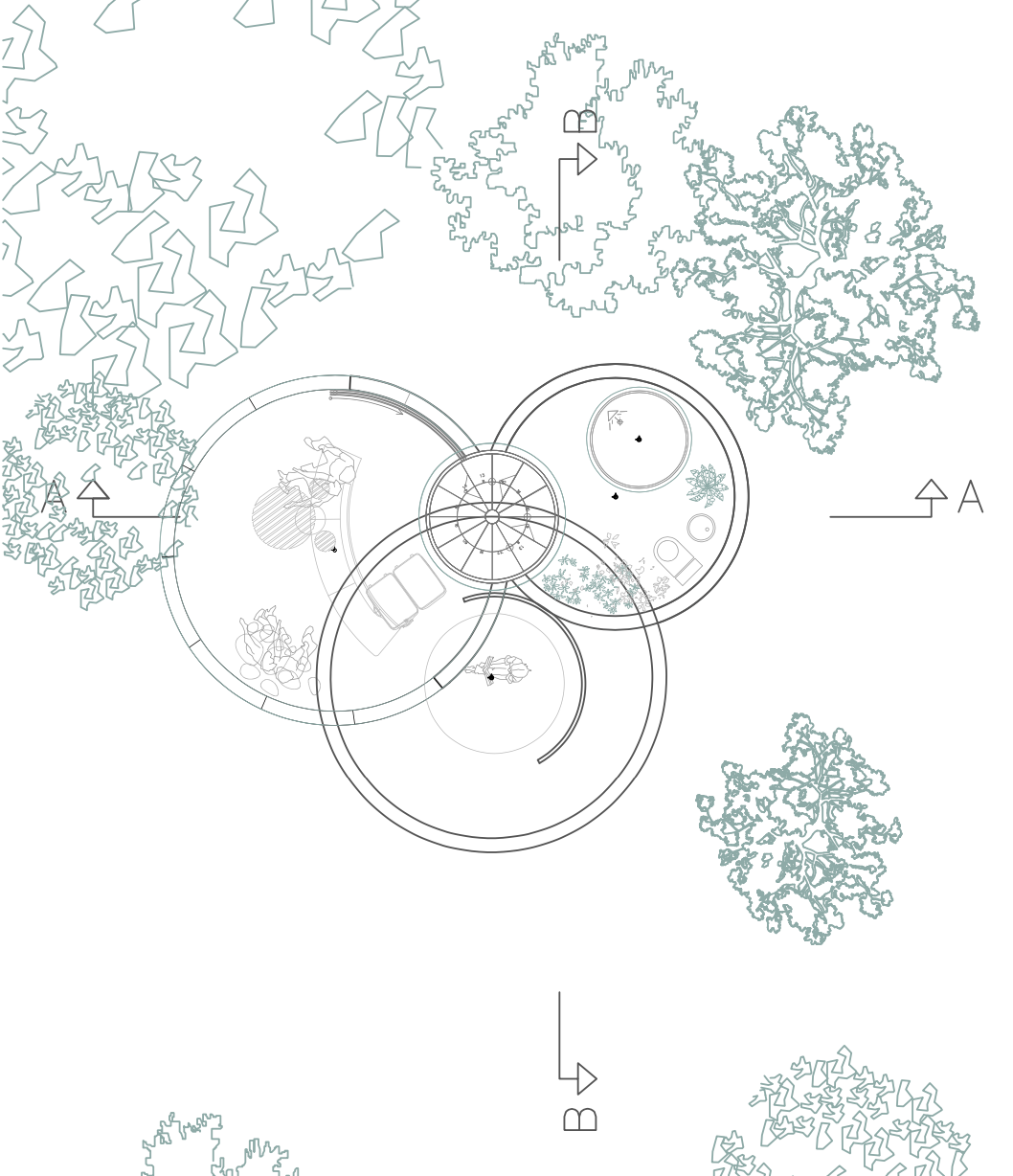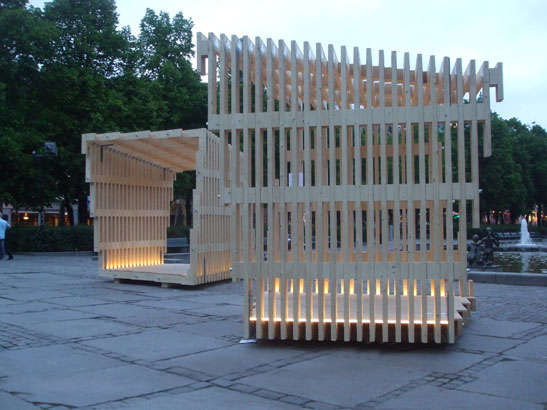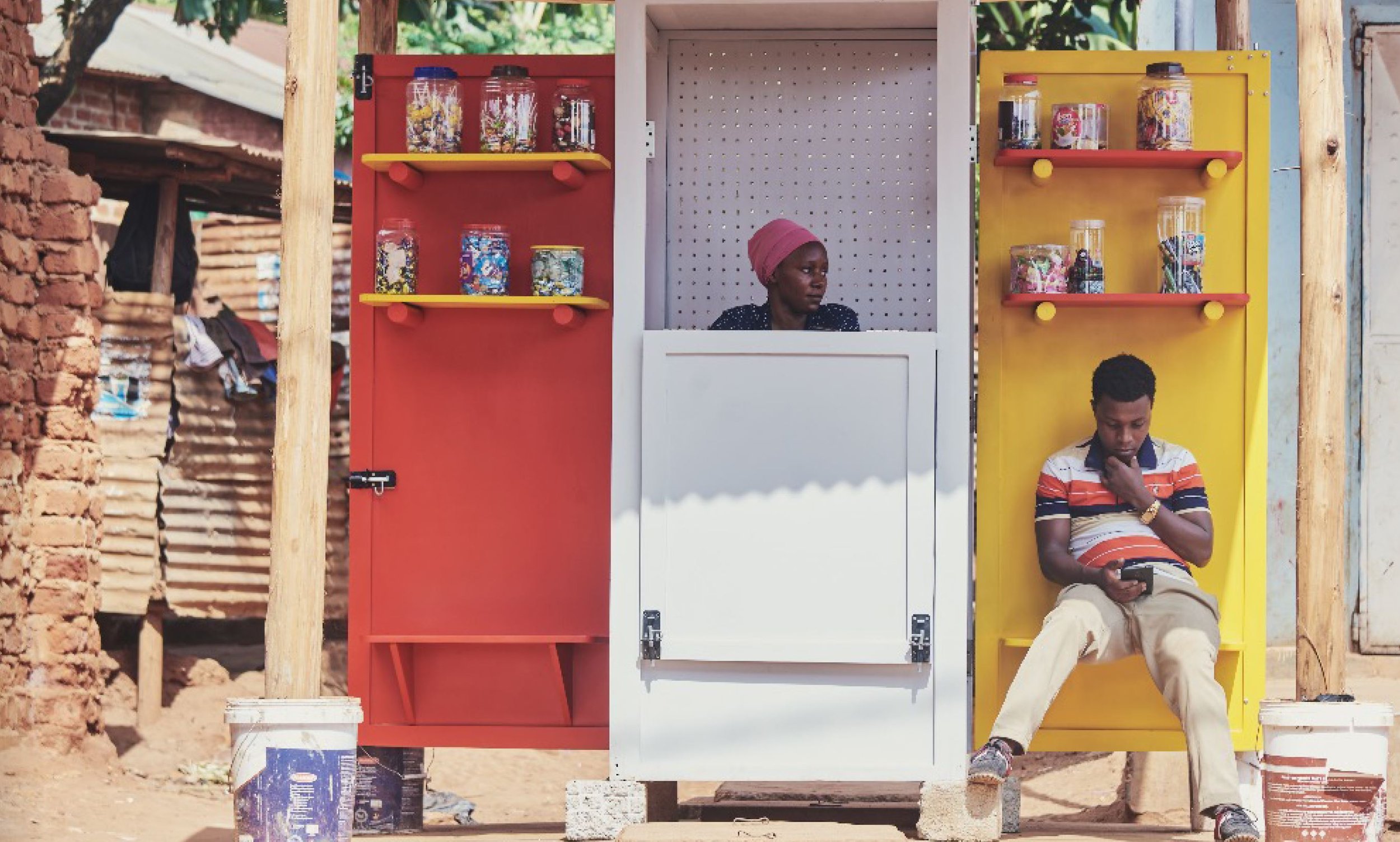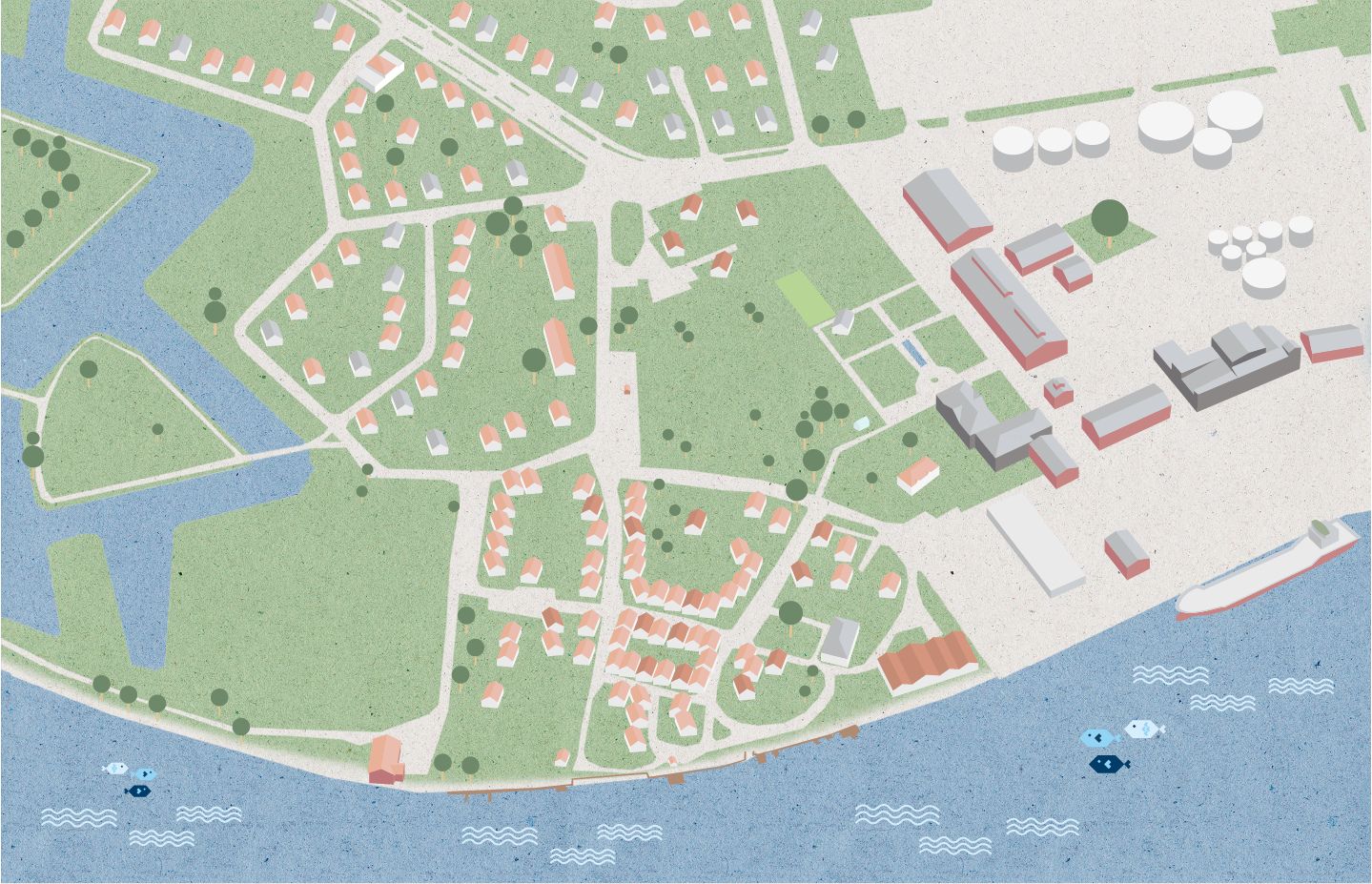Eric Almberg is an artist currently living and working on land traditionally cared for by the Haudenosaunee, Anishnaabe and Attawandaron Peoples, in an area colonially known as Waterloo, Ontario, Canada. He/they have graduated with a B.F.A. from the University of Lethbridge, and a Diploma in Visual Art from Grant MacEwan University.
Eric’s work revolves around the themes of connection between beings, internal awareness, re-skilling and learning, and environmental sustainability. Eric works with these themes through workshops, participatory and collaborative performances, storytelling, installations, and sculptures which bring new life to discarded objects as materials. He has exhibited artwork in the Silver Skate Festival, The Works Art and Design Festival, and at Island Mountain Arts. Eric is currently preparing to build a timber frame traveling workshop cart with support from the Pat the Dog Theatre Creation microgrant program.
Image 1: Eric Almberg, ‘You are having an art experience: Trading’, 2019. String, sewing needle, paper, and pen, participatory performance, time variable. Photo by Stephanie Florence
Image 2: Eric Almberg with Guadalupe Martinez, ‘Building a House to Heal In: Carving’, 2020. Participatory performance, installation, and sound piece. Photo by Alicia Proudfoot
Image 3: Eric Almberg, ‘Timber Framing with Jason Gibson and Todd Sullivan’, 2021. 20’x12’6” footprint, full timber, joint cutting, planing, and fitting. Photo by Eric Almberg
Image 4: Eric Almberg, ‘A cart for words (model)’, 2022. 6”x4”x10”, scrap wood, canvas cut-offs, wire, rubber










